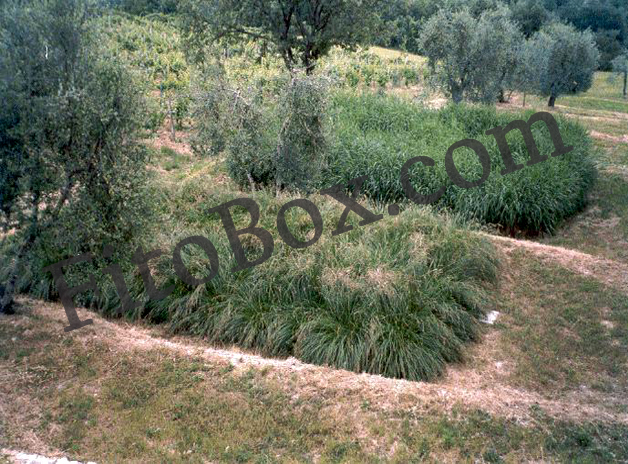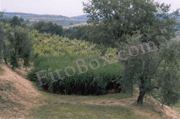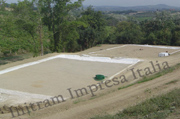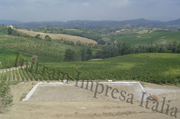![]()
Following
repeated episodes of unauthorized reproduction of our images and
text, please note that all the material contained in this site
and all trademarks belonging to Initram S.r.l. are protected by
registered patent and covered by international copyrights. No
material belonging to Initram S.r.l. may be reproduced without
written permission of the owner. Violaters will be prosecuted
to the full extent of the law. |
|
| Initram
S.r.l. owns the following trademarks |
|
| (Community Trade Mark) |
(Trade Mark and Patent) |
The problems related to the treatment of a winery sewage derive from the fact that the activity of these structures is concentrated in a few months a year. This causes a significant variation of the discharge in time, both in terms of hydraulic flow and of organic load whose concentration in peak periods may be even 10 times higher than a domestic sewage.
For this reason the tecnique of constructed wetlands appears to be the most suitable method of treatment because, unlike all the other wastewater treatment plants, reed beds are not affected neither by changes of flow rate nor by those of organic load. This means that plants and microorganisms responsible for the reduction of pollutants remain active during all the year, even total absence of load.
Click here to see our references


plant with two basins operating
in series


plant with three basins operating
in series (before planting)
The
purified water can be discharged into the ground, in a water course,
into a ditch or reused for irrigation.
The plant can be walked on, without surfacing water and can
be placed very close to the winery because there are
no problems of odors
and insects.
It does not produce sludge.





.gif)
.gif)
.gif)
.gif)
.gif)
.gif)
.gif)
.gif)
.gif)
.gif)
.gif)
.gif)
.gif)